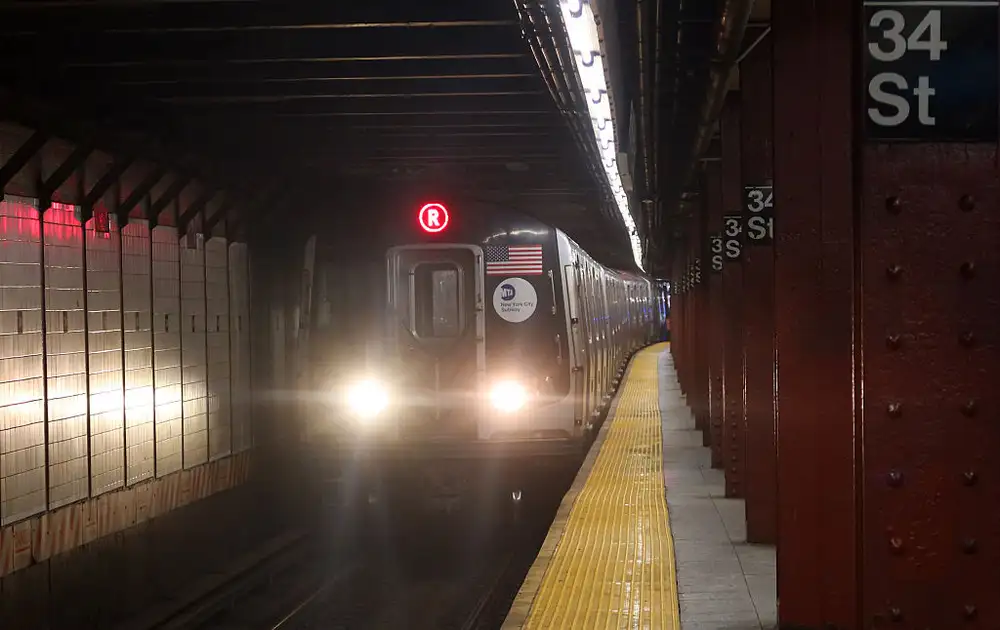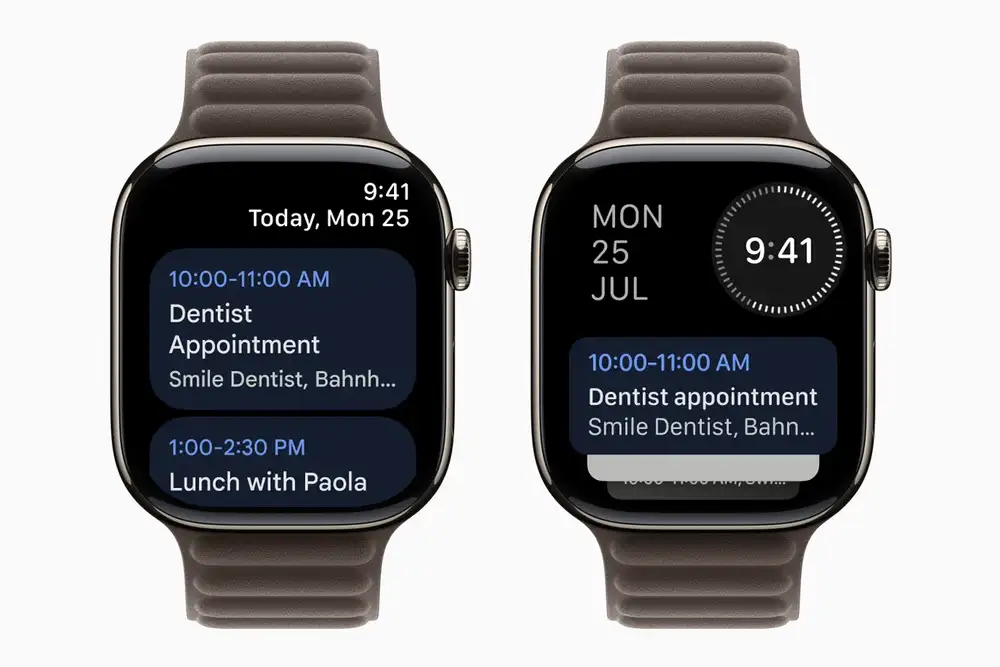Section 230 has so far failed to shield Meta and TikTok owner ByteDance from a lawsuit raised by a mother who alleged that her son's wrongful death followed a flood of "subway surfing" videos platforms intentionally targeted to teens in New York.
In a decision Monday, New York State Supreme Court Judge Paul Goetz largely denied social media companies' motions to dismiss claims they argued should be barred under Section 230 and the First Amendment. Goetz said that the mother, Norma Nazario, had adequately alleged that subway surfing content "was purposefully fed" to her son Zackery "because of his age" and "not because of any user inputs that indicated he was interested in seeing such content."
Unlike other Section 230 cases in which platforms' algorithms were determined to be content-neutral, Goetz wrote that in this case, "it is plausible that the social media defendants’ role exceeded that of neutral assistance in promoting content and constituted active identification of users who would be most impacted by the content."
Platforms may be forced to demystify algorithms
Moving forward, Nazario will have a chance to seek discovery that could show exactly how Zackery came to interact with the subway surfing content. In her complaint, she did not ask for the removal of all subway surfing content but rather wants to see platforms held accountable for allegedly dangerous design choices that supposedly target unwitting teens.
"Social media defendants should not be permitted to actively target young users of its applications with dangerous 'challenges' before the user gives any indication that they are specifically interested in such content and without warning," Nazario has argued.
And if she's proven right, that means platforms won't be forced to censor any content but must instead update algorithms to stop sending "dangerous" challenges to keep teens engaged at a time when they're more likely to make reckless decisions, Goetz suggested.
In his ruling, Goetz didn't let platforms off the hook, but he did dismiss claims brought against the Metropolitan Transportation Authority. Those claims alleged that the MTA failed to lock doors or block would-be subway surfers from attempting the challenges.
Nazario's son Zackery died after unlocking a train door, climbing on top of a moving train, and turning to look at his girlfriend just as the train crossed the Williamsburg Bridge. Striking his head on a low beam from the bridge, he fell between subway cars and was run over and died at the scene.
Goetz agreed with the MTA that Zackery "clearly" was "no stranger" to the subway system and knew the "obvious" risk and danger of attempting subway surfing despite there not being posted warnings.
Social media companies' alleged role in pushing the videos appears to be a less obvious case of alleged negligence. Goetz said that discovery will ultimately decide if this case is about protected speech or tortious conduct. But for now, many of Nazario's claims survive, allowing the mother to argue that "social media defendants breached their duty of care by designing addictive and dangerous products (and failing to warn of the dangers those products posed) and that Zackery died as a result of that breach."
Of course, discovery may also show that Nazario's son sought out the content, perhaps gutting her novel Section 230 argument. Social media companies have already gotten several claims dismissed, including a claim of unjust enrichment, Goetz said, because Nazario failed to respond to them. But it seems unlikely that the mother, who has been battling platforms since 2023, will stop before she gets the answers she needs about how her son was fed the subway surfing challenge videos in the first place.

 Google Calendar now has an Apple Watch app
Google Calendar now has an Apple Watch app